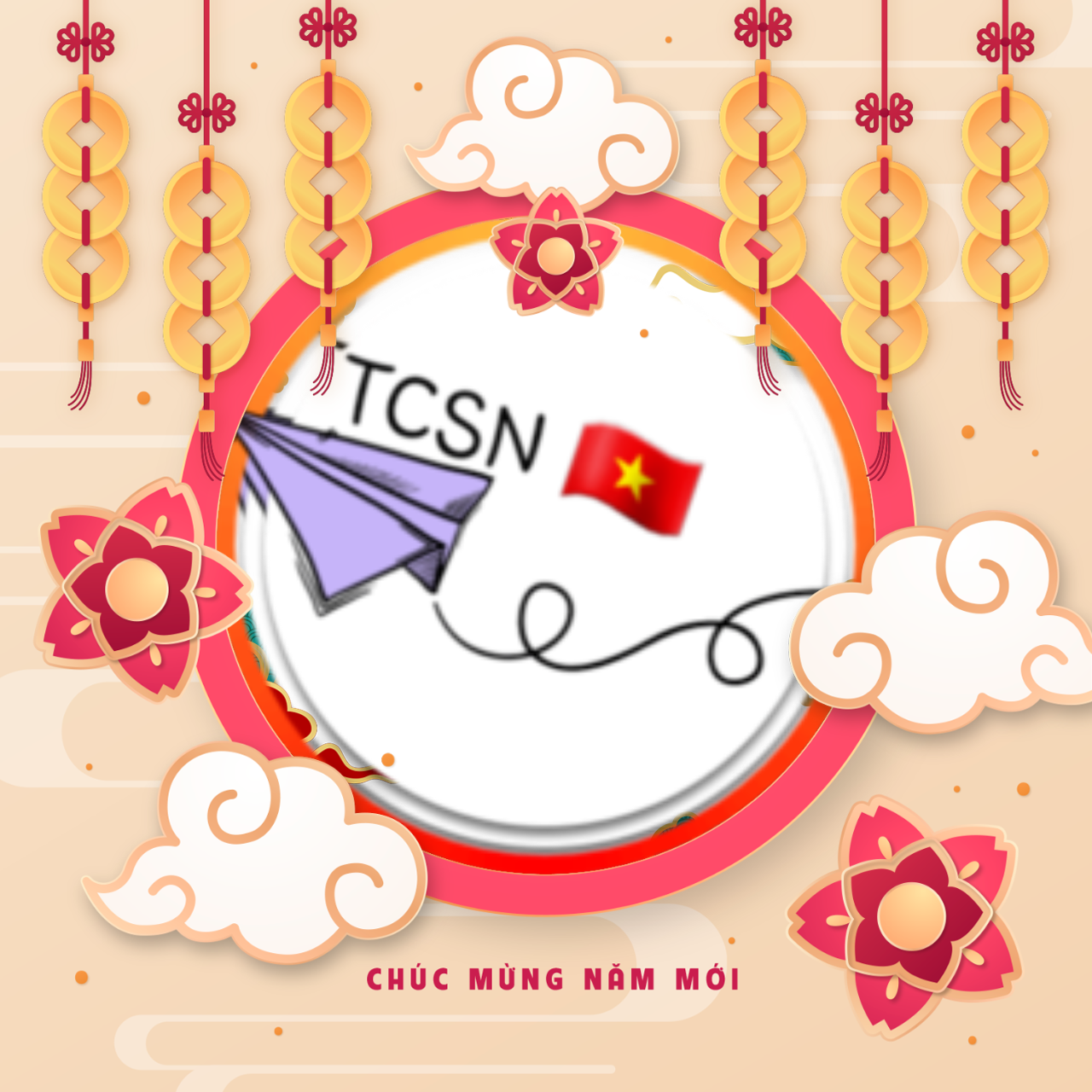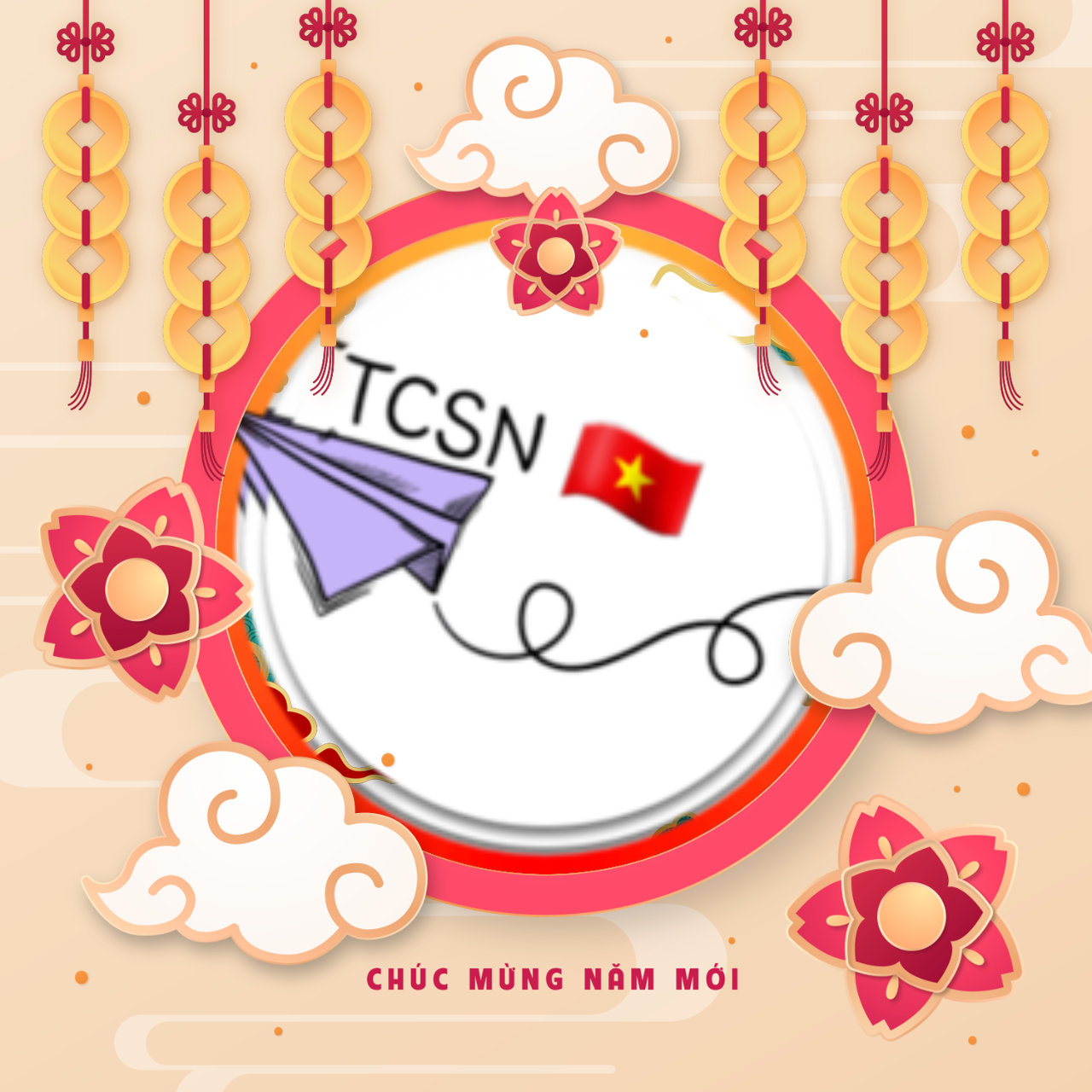Over-the-counter (OTC) cryptocurrency exchanges have gained immense popularity among institutional investors and high-net-worth individuals due to their ability to process large transactions without affecting market prices. If you're considering entering the crypto space, building an OTC cryptocurrency exchange can be a lucrative move. But how do you create a secure, scalable, and compliant platform that stands out in this competitive industry?
This comprehensive guide breaks down everything you need to know about how to make an OTC cryptocurrency exchange — from the initial planning to successful deployment.
What Is an OTC Cryptocurrency Exchange?
An OTC Cryptocurrency Exchange allows direct trading of digital assets between buyers and sellers without the need for a public order book. These platforms cater primarily to investors who wish to avoid price slippage and ensure privacy in large-scale crypto transactions.
Unlike traditional crypto exchanges, OTC platforms offer personalized trading, dedicated support, and deep liquidity pools.
Why Build an OTC Crypto Exchange?
Here are a few reasons why launching an OTC crypto exchange could be a smart business move:
-
High Profit Margins: OTC desks typically charge a premium per transaction.
-
Growing Demand: Institutions prefer OTC trades to execute large orders discreetly.
-
Better Privacy: Users enjoy increased confidentiality in comparison to public exchanges.
-
Custom Services: OTC platforms offer tailored trading experiences, making them more appealing to VIP clients.
Key Features of a Successful OTC Crypto Exchange
Before diving into development, ensure your OTC crypto exchange includes these essential features:
-
Secure Wallet Integration: Multi-signature and cold wallet support to safeguard funds.
-
KYC/AML Compliance: Automated onboarding and verification systems to comply with global regulations.
-
Chat and Deal Room: Real-time negotiation and communication tools for private trading.
-
Multi-Currency Support: Enable trading of multiple cryptocurrencies and fiat options.
-
Admin Dashboard: Full control over user management, fees, transactions, and analytics.
How to Make an OTC Cryptocurrency Exchange – Step-by-Step
Here’s a structured roadmap to guide you through the development process.
1. Conduct Market Research
Start with a deep dive into your target audience, current competitors, and market trends. Understanding the demands of high-volume traders will help you design the right features and services.
2. Define Your Business Model
Decide on how your platform will generate revenue:
-
Commission-based fees per trade
-
Membership/subscription fees for premium services
-
Spread between buy and sell prices
-
Value-added services like escrow or custodial support
3. Choose the Right Technology Stack
Selecting a reliable and scalable technology stack is critical. Your stack may include:
-
Frontend: React.js, Vue.js
-
Backend: Node.js, Python, Go
-
Database: MongoDB, PostgreSQL
-
Blockchain Integration: Ethereum, Bitcoin, Binance Smart Chain APIs
Partner with experienced blockchain developers to ensure secure and efficient integration.
4. Implement Security Protocols
Security is non-negotiable. Your OTC exchange must include:
-
End-to-end encryption
-
2FA (Two-Factor Authentication)
-
DDoS protection
-
KYC/AML verification tools
-
Secure wallet storage (hot and cold wallets)
5. Develop the Platform
Break down the platform development into major components:
-
User Panel: Registration, wallet, trade interface, chat, transaction history
-
Admin Panel: User control, system logs, trade monitoring, KYC management
-
Escrow Services: To safeguard transactions between unknown parties
-
Liquidity Management: Build or connect with external liquidity providers to ensure order fulfillment
6. Ensure Regulatory Compliance
Adherence to local and international crypto regulations is essential. Work with legal experts to establish proper licensing, KYC/AML frameworks, and data protection policies based on your jurisdiction.
7. Test Thoroughly
Perform multiple rounds of testing:
-
Functional Testing: All features work as intended
-
Security Testing: No vulnerabilities in the system
-
Performance Testing: The platform can handle high volumes
-
User Testing: UI/UX is smooth and intuitive
Testing helps in identifying and fixing issues before the platform goes live.
8. Launch and Promote
Once everything is in place, launch your OTC crypto exchange. Focus on a strong marketing campaign:
-
SEO-optimized content
-
Email outreach to institutions
-
PR in crypto and financial media
-
Webinars and product demos
-
Strategic partnerships with trading firms
Also, ensure you provide 24/7 customer support to assist new users.
Success Stories in the OTC Crypto Industry
Several platforms have made a mark in the OTC trading space, proving its high potential for success:
-
Genesis Trading: One of the earliest and most successful OTC platforms, Genesis facilitated billions in digital asset transactions for institutions globally. Their model of personalized service and compliance-first approach is widely admired.
-
Cumberland (DRW): A leading OTC crypto desk that provides deep liquidity and high-speed execution for clients across the globe. Their success comes from combining traditional trading experience with blockchain expertise.
-
Circle Trade: Operated by Circle, this OTC platform became a trusted name among institutional investors. It was later acquired by Voyager, highlighting the value and scalability of successful OTC exchanges.
These examples show that with the right technology, regulatory alignment, and client-centric approach, your OTC exchange can scale to global heights.
Final Thoughts
Creating an OTC cryptocurrency exchange is a complex yet highly rewarding endeavor. From understanding the market to deploying a secure, regulation-compliant platform, every step plays a crucial role in your success.
If you're ready to step into the OTC trading landscape with a reliable and high-performing platform, consider working with seasoned professionals who understand the nuances of blockchain architecture and financial compliance. With the right strategy and execution, you can launch a trusted OTC crypto exchange that caters to elite investors and institutions.




